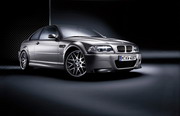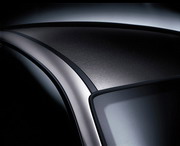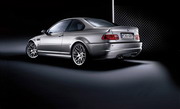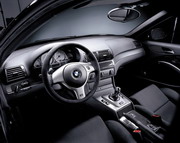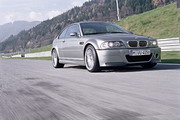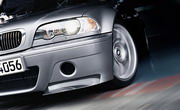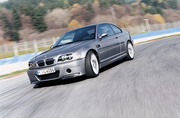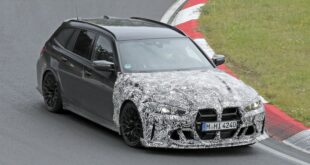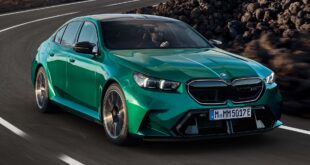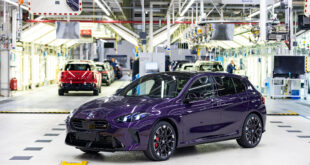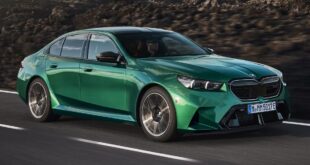Apart from the limited-edition M3 “Lightweight” back in 1995, it has taken nearly three decades for the CSL to return…sort of. BMW says it has no plans to produce the car at this time. Nonetheless, let’s examine what could (hopefully) be. To earn the CSL badge, the already scintillating M3 loses 440 pounds and gains around 20 more horsepower (for a total of “over 350” according to BMW). The M3 becomes leaner by ditching the side airbags, rear seat and trunk-mounted toolkit and by using liberal amounts of carbon-fiber for the doors, roof, trunklid and side-view mirrors. Further weight savings is gained via the use of carbon fiber-reinforced plastic for the racing-style bucket seats, interior door panels, center console and instrument panel. The fruits of the engineers’ labors are mathematically expressed by an improvement in the power-to-weight ratio from the M3’s 9.6 pounds/horsepower to the CSL version’s 7.7 lb/hp. Imagine a 160-pound runner competing in two identical 10K races; one where he competes in normal racing trim (a singlet, shorts and running shoes) and the other where he has to take a 40-pound backpack along for the ride. He’d be like an M3 CSL in the former race and like a standard M3 in the latter. The additional ponies are gained by reducing internal frictional losses and by stream-lining the intake charge pathways. Transferring the power is a quick sequential manual gearbox, dubbed SMG (for Sequential M Gearbox) that is shifted with paddles on the steering wheel and without the driver having to work a clutch pedal. Keeping the CSL’s awesome kinetic energy in check are huge, 18-inch disc brakes and 19-inch alloy wheels shod with ultra-high-performance Michelin rubber. The beauty of low curb weight, lots of power and a balanced chassis cannot be under-estimated by those whose televisions are constantly tuned to Speedvision and who would rather challenge themselves in an autocross event than watch a football game in some crowded stadium. The dynamic proof of “lighter is better” was discovered when the CSL covered the northern portion of Germany’s fierce Nurburgring racetrack in under 8 minutes, a time that beat the already impressive production M3 by nearly 30 seconds. Or, to put it into highly technical racing terms, the standard M3 got spanked. Text Source – BMW Press |
 BMW.SG | BMW Singapore Owners Community The Ultimate BMW Community – Established Since 2001
BMW.SG | BMW Singapore Owners Community The Ultimate BMW Community – Established Since 2001

